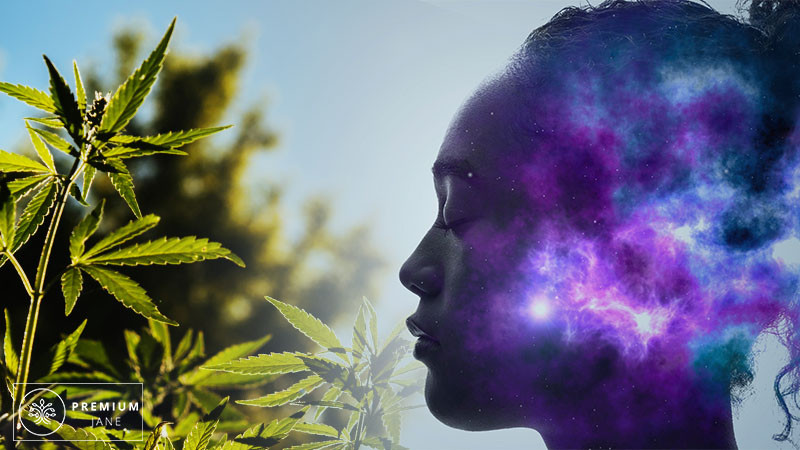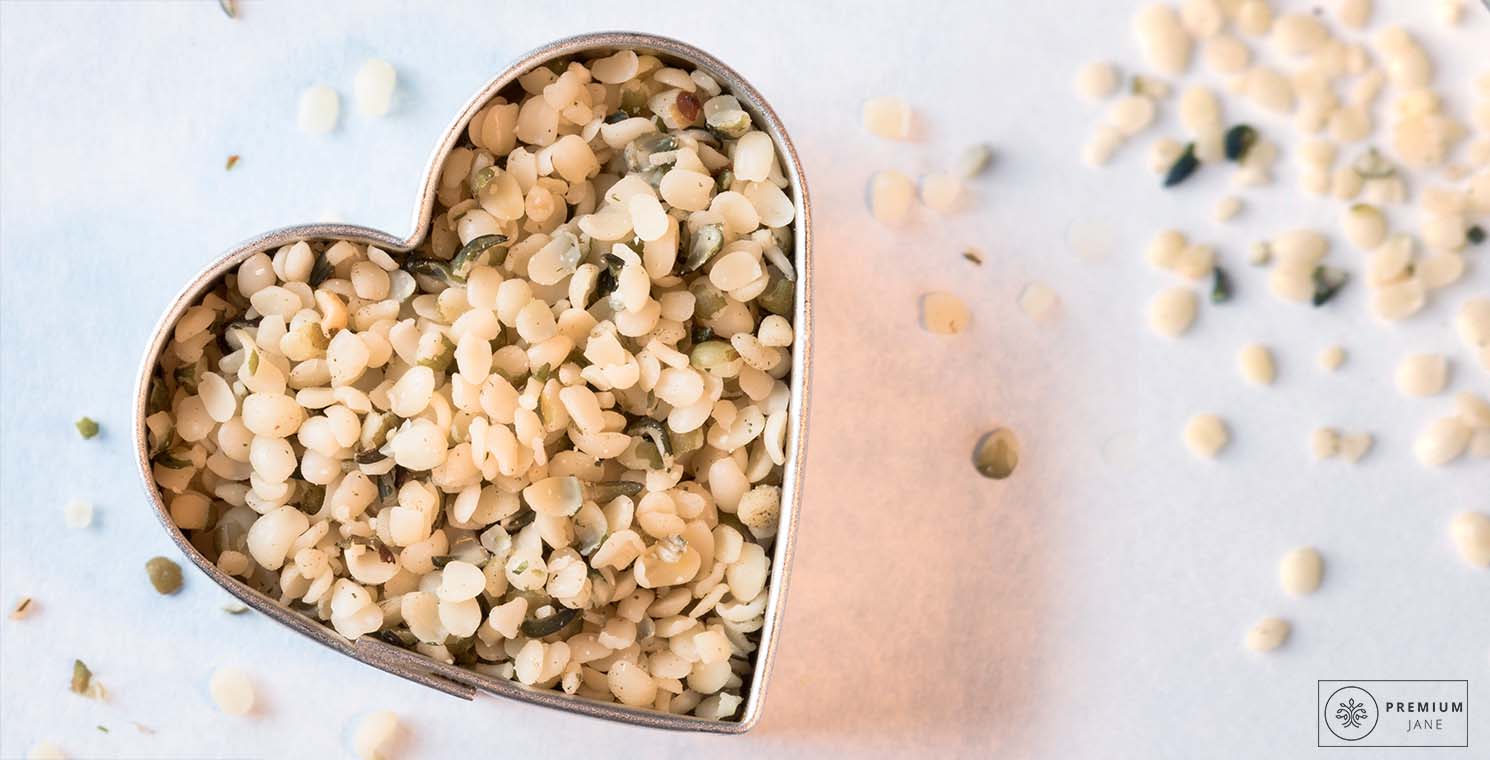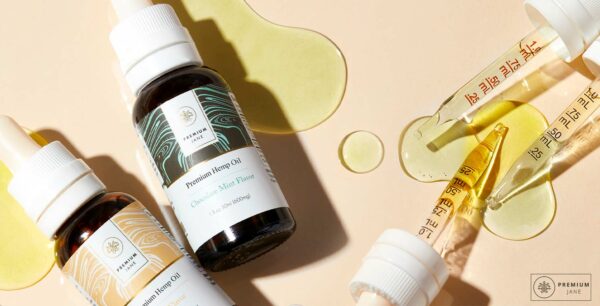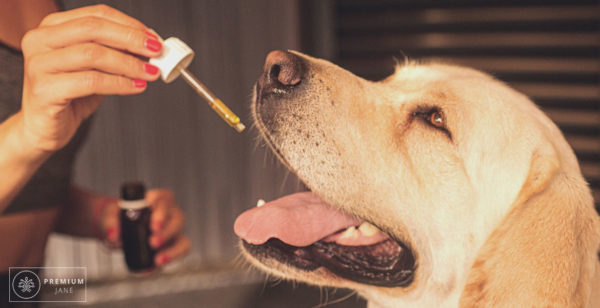Hemp vs. Marijuana: Understanding the Differences
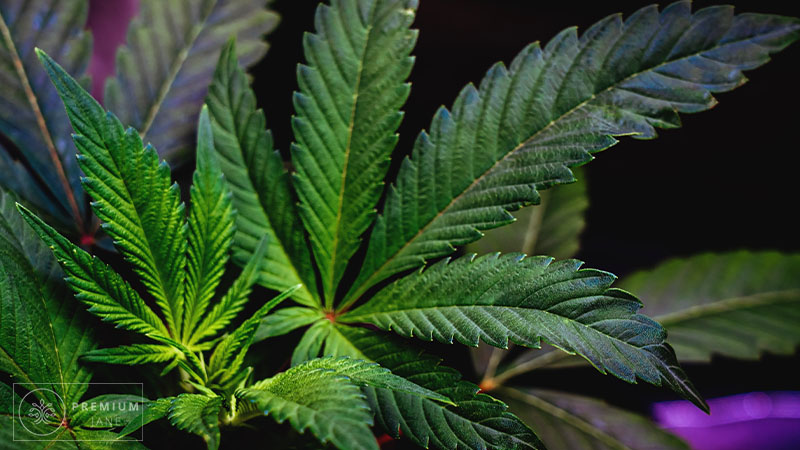
The terms ‘hemp’ and ‘marijuana’ very often confuse people. Many believe they are the same, but that is a common misconception. It is perfectly understandable, however, that the two would be used synonymously, as they are related and are technically the same species!
What Is Hemp?
Hemp, sometimes also referred to as industrial hemp, is a botanical class of Cannabis sativa L. This is why industrial hemp is often confused with marijuana since both plants are the same species. Scientifically, these plants at the core are not all that different, but legally they are.
What distinguishes hemp from the marijuana plant is that industrial hemp contains 0.3% or less of THC, the intoxicating compound found in marijuana. Because of this, it does not have intoxicating effects and is permitted in many places where marijuana may not be.
Hemp is legal in most countries and has a wide range of uses for both industrial and medicinal purposes. It also usually grows taller and more fibrous than many marijuana plant types (or strains).
Industrial hemp is one of the fastest-growing plants on earth and offers excellent potential for sustainability purposes.
What Is Marijuana?
Marijuana sometimes referred to as ‘weed’ or ‘cannabis,’ is also of the botanical class Cannabis sativa. However, other varieties exist, such as Cannabis indica and Cannabis ruderalis.
The marijuana plant is available in a variety of strains with different properties, such as those bred with high quantities of CBD and low quantities of THC. Still, generally, marijuana is known for possessing over 0.3% THC and being intoxicating.
This is part of why the marijuana plant is illegal in many countries, as it is classed as a drug or illicit substance.
Marijuana vs. Hemp
Isn’t it odd how two related plants could legally be so different? THC (and its related compounds) are the primary reason why marijuana is banned in many countries and why hemp is not.
On top of possessing less than 0.3% THC, the hemp plant has been bred to contain large quantities of cannabidiol (or CBD), which is part of why it is so sought after.
Specialised extraction methods are utilised to grasp CBD from the industrial hemp plant. CO2 extraction, although high-tech and expensive, is generally the cleanest and purest method of removing high quantities of CBD from the hemp plant.
Uses
Both industrial hemp and marijuana have their uses in some circumstances. The hemp plant has both industrial and potential medicinal uses, being sought after for its high quantities of extractable CBD and other related cannabinoids.
The marijuana plant, on the other hand, is seen as medicinally valuable by some countries and may be prescribed by a certified doctor for some conditions.
Industrial Uses of Hemp
Part of the push to destigmatise and legalise the industrial hemp plant is because of its wide array of industrial applications.
Some of the most incredible industrial uses for the hemp plant include biofuel, clothing, paper, upholstery, hempcrete (house building material made of hemp), plastic substitute, and more.
Industrial hemp is also consumed as a health product in multiple forms. Hemp seeds are sometimes made into protein powders and are considered an omega-rich food topping and oil.
Additionally, large quantities of CBD, CBC, CBN, and other related cannabinoids, are extracted from the stems, leaves, flowers, stalks, and more of the industrial hemp plant. These extracts are then made into various products, such as broad-spectrum CBD oil, CBD gummies, and more, much like the ones we sell here at Premium Jane Australia!
Medicinal Uses of Marijuana
Although many countries have banned marijuana, some exceptions are made for the medicinal uses of the plant.
In the USA, for example, while the marijuana plant remains federally illegal, many states have legalised medical marijuana programmes for individuals that qualify. Qualifications are often strict, and permissions are only granted for specific medical conditions.
Some states in the USA have gone a step further and have legalised recreational marijuana consumption on a state level. However, the crop remains illegal on a federal level due to its high THC quantity.
Legal Status
While marijuana is illegal or criminalised in many places throughout the world, the industrial hemp plant is generally legal as long as it contains 0.3% or less of THC.
This distinction in THC quantity is what truly separates the two plants. Because of this lack of THC, the industrial hemp plant is non-intoxicating and is instead sought after for its other cannabinoids, like CBD, CBN, CBC, and more (which are thought to have health potential).
As with all things, laws vary significantly from place to place, so it’s best to check with your local regulations to ensure industrial hemp is legal where you live.
In Australia, at least, the industrial hemp plant is currently legal, but again, check the laws to ensure.
Summary
The hemp plant is a beautiful, fast-growing crop with great potential for both industrial and potential health uses. It is legal throughout many places; however, that has not always been the case.
Only in the last 6 years have many countries legalised industrial hemp, partly because of the stigma often associated with the crop.
Being the same species as the marijuana plant, which is intoxicating and illegal in many countries, this caused many to believe that industrial hemp and marijuana are the same.
Though scientifically, they are classed the same, their effects are incredibly dissimilar, as industrial hemp is non-intoxicating and contains less than 0.3% THC.

